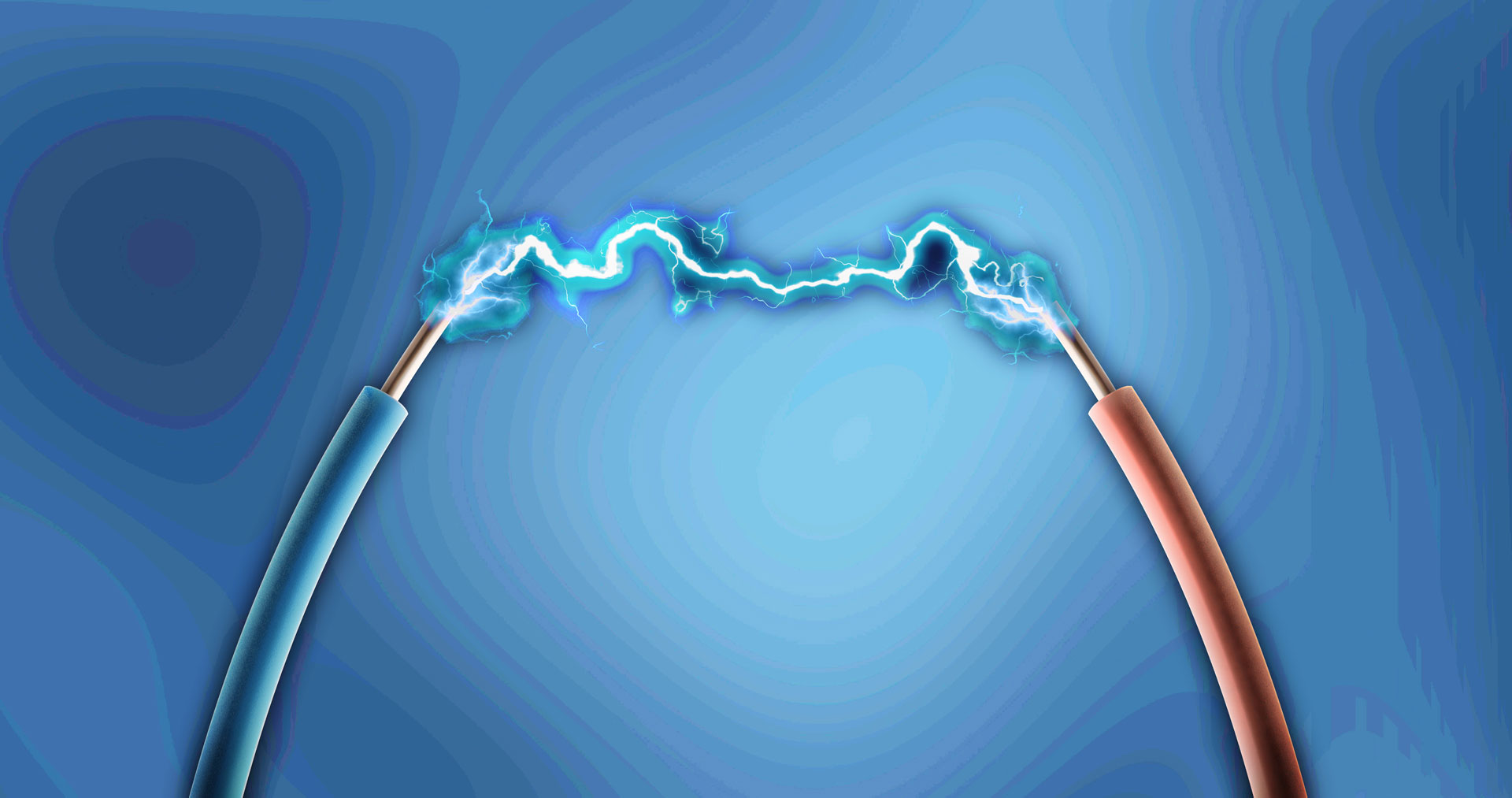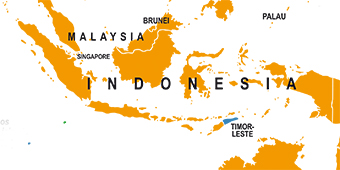Low Voltage Directive 2014/35/EU

What is the European Low Voltage Directive?
The European Low Voltage Directive (LVD) is an EU directive (Directive 2014/35/EU) that defines essential safety requirements for electrical products.
The Low Voltage Directive (LVD) is particularly relevant for the introduction of electrical products on the European market. It must be ensured that electrical products meet the necessary safety standards in order to reduce or ideally virtually eliminate the risk of electric shocks or other potentially dangerous situations. Since April 20, 2016, the LVD 2014/35/EU has replaced the previous Directive 2006/95/EC and has been mandatory since then.
Who is affected by the Low Voltage Directive?
The Low Voltage Directive affects manufacturers, importers, dealers and distributors of electrical equipment. It not only specifies the requirements for the safety of this equipment, but also regulates its availability on the market.
The “First Ordinance to the Product Safety Act (Ordinance on Electrical Equipment – 1st ProdSV)” describes the provisions on the quality of electrical equipment applicable in Germany. This ordinance turns the Low Voltage Directive into German law.
Function and objectives of the Low Voltage Directive
The most important objectives of the Low Voltage Directive are to regulate the free movement of electrical equipment throughout Europe and to guarantee a high level of protection with regard to the health and safety of people, animals and property.
The protection objectives of the Low Voltage Directive with regard to electrical safety
are defined in Annex 1 of the Low Voltage Directive:
- Safety marking on the product or information in the accompanying document or packaging
- Safe and proper links and connections
- No danger if used as intended and maintained appropriately
- No danger from direct or indirect contact
- No dangerous temperatures, electric arcs or radiation
- Protection of people and animals, including from non-electrical hazards
- Insulation appropriate to the load
- Safe to withstand the intended mechanical
- No danger due to non-mechanical effects under different environmental conditions
- No danger from foreseeable overloads
Scope of application of the Low Voltage Directive
The Low Voltage Directive applies to electrical appliances with rated voltages between 50 and 1000 volts for alternating current (AC) and 75 to 1500 volts for direct current (DC).

The requirements of the LVD relate to the design and safety of electrical products. Many typical household appliances (e.g. dishwasher, refrigerator) and small appliances (hairdryer, shaver) are covered by the LVD, as well as components of electronic devices such as cables and lamps.
The scope of application of the Low Voltage Directive therefore covers a wide range of equipment. In principle, electrical equipment according to this directive includes all “objects and devices for generating, transmitting, distributing, storing, converting and consuming electrical energy”, e.g:
|
Exceptions to the Low Voltage Directive

Annex 2 of the Low Voltage Directive describes the equipment and areas that do not count as electrical equipment within the meaning of the LVD:
- electrical equipment for use in explosive atmospheres (e.g. in the chemical or pharmaceutical industry)
- electro-radiological equipment and electro-medical equipment
- electrical parts of passenger and freight elevators
- electricity meters
- household plugs and sockets
- Devices for the power supply of electric pasture fences
- radio interference suppressors
- Electrical equipment for use in aircraft, on ships or on railroads
- electrical equipment intended for export to third countries
- test modules that have been specially developed for customers and applications and are only used by specialists in research and development facilities for these purposes.
Risk analysis and risk assessment
While the Machinery Directive requires a risk assessment, the NSR has required a risk analysis and risk assessment since 2016.
Manufacturers of electrical equipment must provide technical documentation containing at least the following information:
- General description of the electrical equipment
- designs, manufacturing drawings and manufacturing plans of components, circuits, etc.
- descriptions of the drawings and diagrams explaining the operation of the electrical equipment
- list of the harmonized, national or international standards applied in full or in part; deviations must also be documented and explained
- results of the tests and test reports
The hazards and risks posed by equipment must be identified, safe operating conditions defined and suitable protective measures found. With the risk analysis and assessment, manufacturers can submit a legally compliant declaration of conformity.
A risk assessment guide is available on the website of the European Committee for Electrotechnical Standardization:
European standardization institutes such as CENELEC and ETSI have developed harmonized standards based on a mandate from the European Commission. By means of these harmonized standards, technical details and requirements are specified in such a way that uniformity is achieved when placing products on the European market.
The risk assessment is a central component of the CE process and serves to determine and implement all health and safety requirements for the product.
CE marking in accordance with the Low Voltage Directive

Manufacturers who wish to place their products on the European market must ensure that they comply with the requirements of the Low Voltage Directive and also have the CE marking. With this marking, product manufacturers/distributors prove that their product complies with the applicable safety standards and may be freely traded in the European Union.
In the context of CE marking, the presumption of conformity and declaration of conformity are important aspects of the NSpRL.
As the application of harmonized standards is voluntary, products covered by these standards are initially presumed to comply with the safety objectives of the Low Voltage Directive. This is referred to as the presumption of conformity.
Declaration of conformity
The declaration of conformity, on the other hand, is a mandatory document that must be signed by the manufacturer or an authorized representative and kept available for 10 years after the product has been placed on the market. With the EU declaration of conformity, the manufacturer confirms that their product meets the requirements of the EU directives. There are therefore clear requirements for the declaration of conformity. On the one hand, the manufacturer must clearly identify himself and, on the other hand, provide complete technical documentation, which includes the following:
- Exact description of the electrical equipment (product or model name, serial number, trade name, year of manufacture)
- Address of the manufacturer (or his authorized representative)
- Assumption of responsibility for issuing the declaration
- Indication of the legislation and harmonized standards applied
- Technical specification
- Place, date, name and function, signature
If the product is to be sold internationally, the technical documentation must be provided in the respective language of the target country.
The conformity of electrical equipment with the NSR/LVD is verified as part of the conformity assessment procedure. This is done by identifying applicable standards and providing the technical documentation mentioned (risk analysis, operating instructions, relevant safety information). CE marking is required for electrical equipment used in the low-voltage range.
Implementation tips
– A guide to the Low Voltage Directive
In Germany, the LVD is implemented by the 1st Ordinance to the Product Safety Act (ProdSG), formerly known as the GPSG.
Among other things, a guide is available online, which was drawn up by the responsible departments of the European Commission in cooperation with member states, European standardization bodies, industry and consumer protection organizations and other interest groups from various sectors. This guide contains comprehensive explanations on the interpretation and application of Directive 2014/35/EU in practice.
It is important to note that the Low Voltage Directive is only one of the many EU directives that regulate the safety of products. In addition to the LVD, there are other directives that must be applied to electrical appliances – depending on the type of product – or that supplement the LVD:
Examples of other directives:
- EMC Directive 2014/30/EU — Electromagnetic Compatibility
- RoHS Directive 2011/65/EU – Hazardous substances in electrical appliances
- Radio Equipment Directive 2014/53/EU (RED or formerly R&TTE Directive)
In addition, national laws, such as the Electrical and Electronic Equipment Act (ElektroG) in Germany, also play a decisive role when placing electrical equipment on the market.
Further links
LVD information page of the European Commission
https://single-market-economy.ec.europa.eu/single-market/european-standards/harmonised-standards/low-voltage-lvd_en
Guidelines on the application of the directive
https://ec.europa.eu/docsroom/documents/31221
EU on Low voltage – summary list of references of harmonised standards
https://ec.europa.eu/docsroom/documents/59094
Notes on technical documentation etc.
https://www.highdoc.de/technische-dokumentation-niederspannungsrichtlinie/ (Translated via Google)







